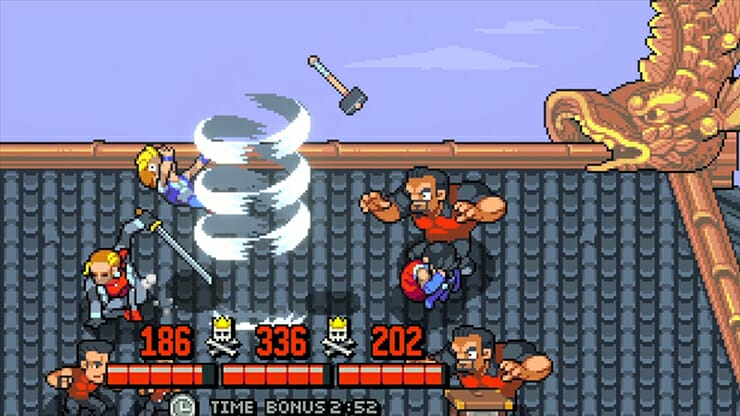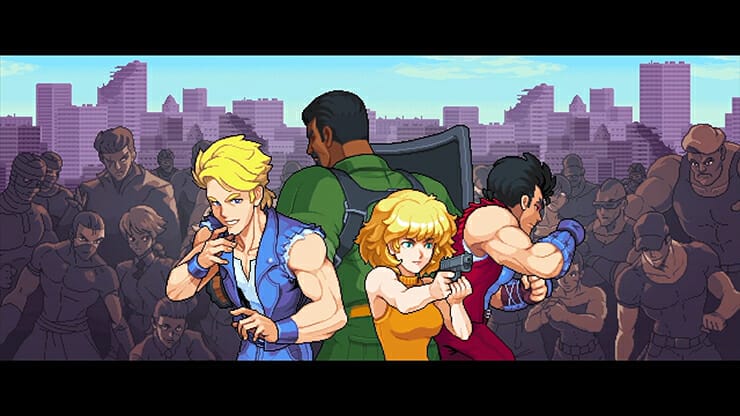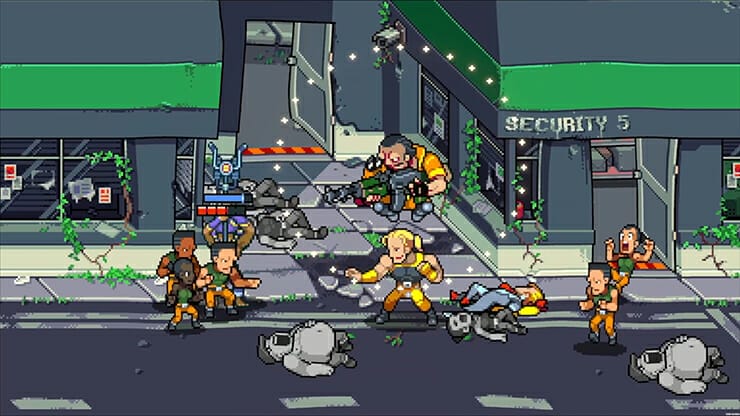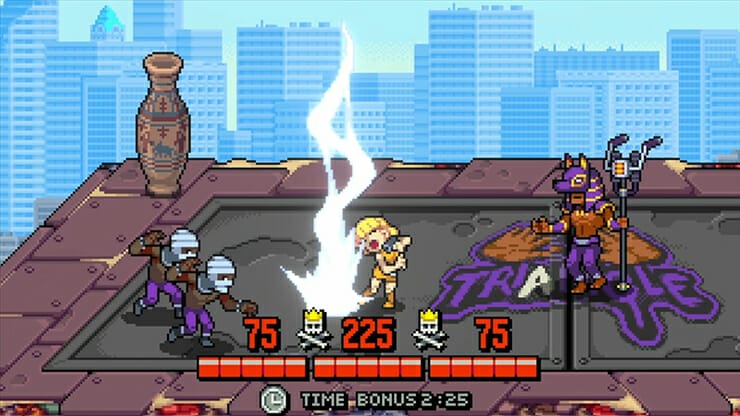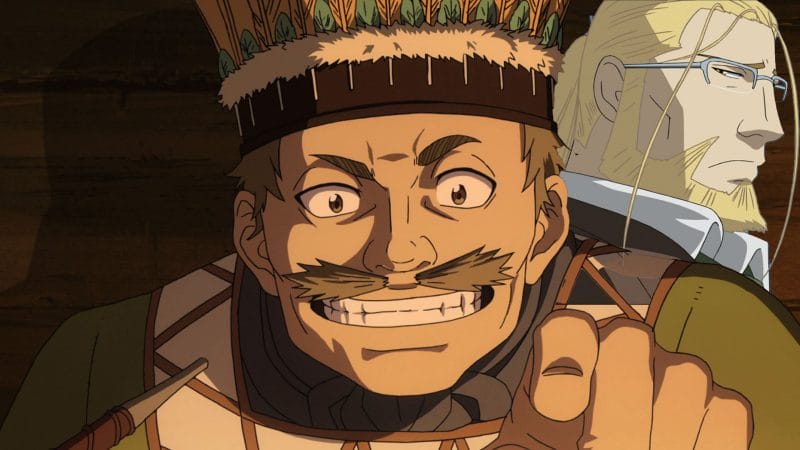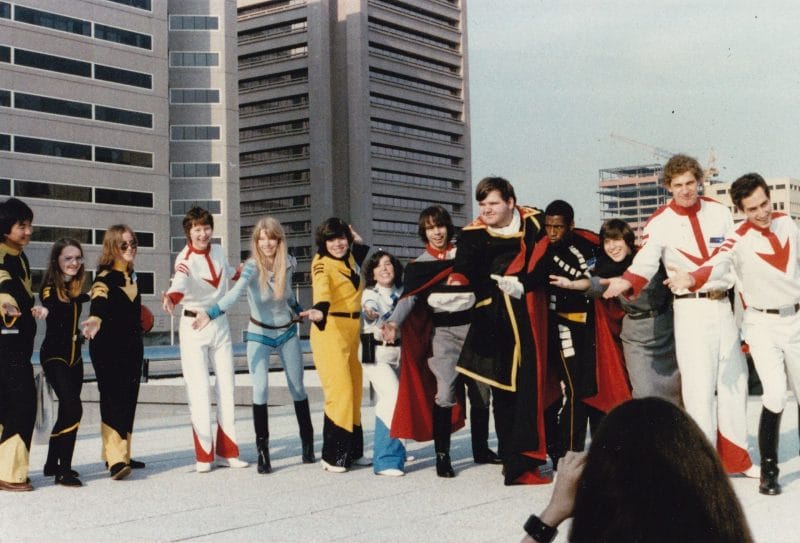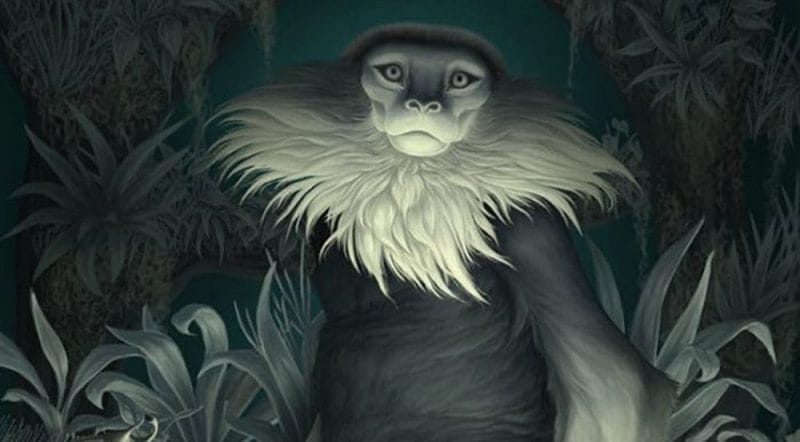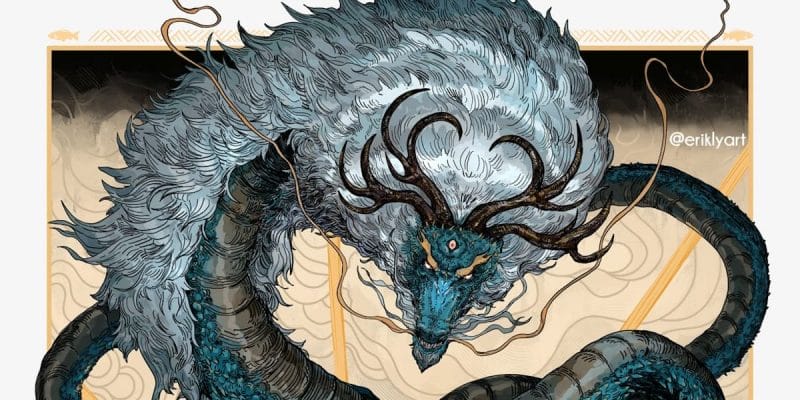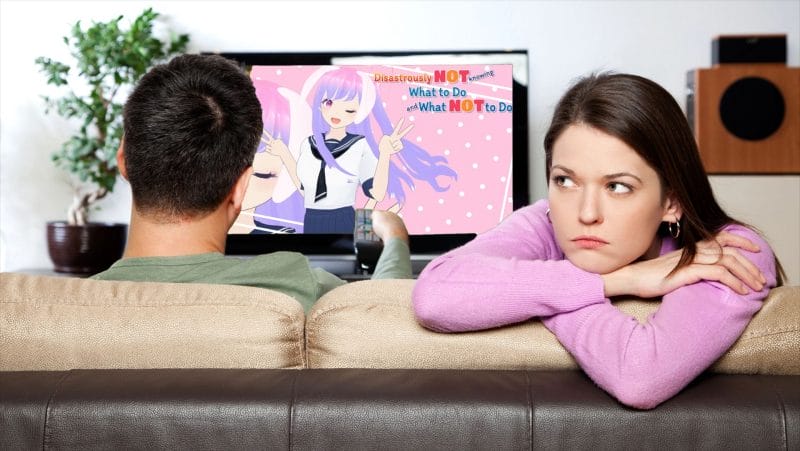Interview With Raymond Teo
Location: Email
Interview Date: 10/10/2023
Double Dragon Gaiden: Rise of the Dragons (2023) is the latest entry in Technōs Japan’s long-running Double Dragon franchise. Though the series has had its ups and downs, this latest entry entered the market to critical and fan acclaim alike. Double Dragon, itself, is one of the main staples of the ‘beat ‘em up’ genre, in which one or more players brawl through a series of side-scrolling levels, beating down waves of minions until they do battle with the stage’s boss. The series maintains a personal connection with elder gamers like myself, who started playing in my childhood with my pal, Jamil.
Double Dragon (DD) is known for its dual protagonists, siblings Billy and Jimmy Lee, who are masters of the fictional martial art Sou-Setsu-Ken (“Twin Sever Fist”) martial arts. The characters are typically palette swaps of one another, with Billy wearing blue and being assigned to player one, while Jimmy dons red and is commanded by player two.
The new game brings them back along with a stable of other controllable fighters like Marian, Uncle Matin, Abobo, and Burnov, albeit in a super-deformed, chibi art style. As such, the characters have an anime-inspired look, with characters sporting oversized heads, and small and stubby bodies and limbs. It’s a style that distances the game from its many previous installments, though the cutscenes follow a more traditional style.
Rise of the Dragons is not only a beat ‘em up, though; it also incorporates roguelike elements, with randomly-generated progression elements. This entry was developed by Secret Base under the license of Arc System Works and published by Modus Games. It was released on July 27 and is available on the PlayStation 4, PlayStation 5, Xbox One, Xbox Series S/X, Nintendo Switch, and PC (via Steam).
In an interview with Anime Herald, Secret Base’s founder Raymond Teo talks about choosing the game’s unique art style, the creative process, developing the looks of characters, the legacy of the franchise, its influence from other media, and the comeback of beat ‘em up games.
Anime Herald: How did you come up with the idea of using the chibi style for Double Dragon Gaiden’s gameplay?
Raymond Teo: The art style has to do with my own style as an artist, but I also referenced The Combatribes, which is what I imagined DD would look like if the original team were to have developed DD3 for the arcade. Also, when we were working on a test to showcase the idea of the tagging mechanic early on, the look of Abobo received compliments from the license holder, so we went forward with the art style.
Anime Herald: How did you approach this art style, considering that this was designed to be a Double Dragon game for the modern era, despite its retro influences?
Raymond Teo: Gameplay and production consideration play a big role in our approach. Unlike many other beat ’em ups, we knew early on that we wanted a big roster of characters to be playable in the game, each with their own unique moves. This pushes us to go for less detail, but more animated characters, which then allows us to produce more characters and more importantly iterate on their design and moves more. This allows us to create more moves and test how fun the character is to play. If a move is not fun, we can afford to try something else.
Anime Herald: I noticed that you chose to use a more traditional manga art style in the cutscenes and in the art material. What led to you adopting this dual art-style approach?
Raymond Teo: It’s not uncommon back in the days to have dual art style, one for in-game sprites, and another for cutscenes. You see this in DD, Ninja Gaiden, and even all the way until Final Fantasy 7, where the overworld model and the combat model would look different. The point is that the in-game sprite is just a visualization of the more flesh out portrait version. As for the manga art style, though it’s less familiar to Western audiences, the series had manga style artwork occasionally, be it in the PC Engine cutscene or the DD3 instruction manual. And I wanted to make a return to that. In fact, I was secretly hoping that someone would pick it up and make a new DD anime!
Anime Herald: Double Dragon is a beloved franchise with a long history filled with memorable entries, from the beloved Double Dragon II: the Revenge, to the generally forgotten Double Dragon V: The Shadow Falls. How did you approach this project, considering its background?
Raymond Teo: We took DD1, 2, 3, 4 and Super DD as the mainline series. That’s what we focused on, which is already quite a lot to be honest. Everything else we considered a spin-off, so we don’t generally use them directly, but only have small nods and references occasionally.
Anime Herald: On that note, Double Dragon Gaiden is very much a departure from previous installments, thanks to its roguelike influences. How would you say that it fits into the greater Double Dragon Universe?
Raymond Teo: One of the problems we faced with the series is that many of subsequent beat ’em ups were built upon and improved upon DD‘s foundation, so it became harder to make the game stand out in 2023. We took the bold step to introduce something new, but at the same time, I feel like they are in some ways justified in the game’s universe, seeing how traditionally, you have shops which require actual money in DD3 (Arcade), moves in DD1 (NES) that you can unlock as you level up and characters you can unlock in DD3 (NES). It feels different. But I feel that it has its roots in the franchise.
Anime Herald: The original Double Dragon was influenced by movies of its time like Bruce Lee’s films, Mad Max, and The Warriors, to name a few. How would you say this new entry fits into that overall relationship?
Raymond Teo: Out of the three, I’d say The Warriors had the most influence on DDG. This is why you see the emphasis on the multiple gangs, each with their own logo, outfit, and backstory. I feel like that’s such a cool element that most games seem to have ignored.
Anime Herald: On a similar note, Yoshihisa Kishimoto famously explained that the Double Dragon series was also influenced by the legendary manga and anime Fist of the North Star. Would you say that this also extends to Double Dragon Gaiden?
Raymond Teo: To be honest, I am a little confused about that myself, as I thought so too, but only recently read from an interview from Ogata-San (Ogata Koji, designer of several characters) that Fist of the North Star was not referenced during the development, so I am not sure which is more accurate. (laughs) For DDG and me, the influence mostly affects the looks of the characters, especially the outfit and a little of the wasteland aspect. We wanted to make sure that we are working on a new DD and not a FotNS or Mad Max beat ’em up, so it’s good to take some inspiration, but not dive too deep into it.
Anime Herald: Double Dragon is a highly influential franchise, that’s managed to transcend the medium to become a part of mainstream popular culture. How did this influence your decisions when designing Double Dragon Gaiden?
Raymond Teo: When I started designing DDG, we had yet to hear about River City Girls, Streets of Rage 4 or the new Teenage Mutant Ninja Turtles. The beat ’em up genre was still in a pretty dormant state and people were often talking about how the genre was outdated and cannot be revived. So having the opportunity to work on DD, the grandfather of all beat ’em ups, I felt like I needed to do a little more than just remaking the original and see if we can take the genre out of its slump. This is why you see innovation like the tag mechanic, rogue progression, game modifier, and so on.
Anime Herald: This time around, Marian is a selectable character from the get-go, and not just a damsel in distress. How was it to work this character, and what steps did you take to differentiate her from the others?
Raymond Teo: To be honest, the process is as straightforward as it gets. We knew early on that we wanted multiple characters that each play differently, so once we planned out Billy and Jimmy, Marian was just the obvious first choice to add to the starting lineup. She’s one of the most well-known characters in the franchise and it’s actually in the lore that she trained with the brothers and is often portrayed as a police officer. So, we gave her a gun and worked around her identity as a police officer. The character basically writes itself in this case, and it fits so well in terms of gameplay and the dynamic of characters we were trying to do.
Anime Herald: Double Dragon had entries where you could play as other characters besides Billy and Jimmy and this time the player can control the bosses and legacy rivals from the past. How was adapting these characters to Double Dragon Gaiden?
Raymond Teo: The hardest part was definitely making all the characters and making sure they feel unique. In most cases, you’d have a fixed archetype of characters and gameplay, and you design the character around that. In our case, we pick the most recognizable characters of the franchise, and then see where they fit. Sometimes, like Abobo and Burnov for example, they are both actually the same archetype. In this case, I had to dig up their lore and past portrayal a little harder to try and see how I can separate them a little better, without making it feel like they are completely different to their original self.
Anime Herald: As an artist, who was your favorite character to work and why?
Raymond Teo: It’s probably Abobo and his chunky Abobo muscles. It’s so much fun to draw and satisfying to look at. Abobo happy ☺
Anime Herald: Beat ‘em ups are experiencing a renaissance, with not only Double Dragon Gaiden, but also titles like TMNT: Shredder’s Revenge and Streets of Rage 4. Why do you believe this genre is having this comeback moment, and do you believe it’s here to stay?
Raymond Teo: I think the bigger question nobody really talks about is, why did it take so long for one of the most popular genres to make a comeback. I see two problems with this – first, the original design is actually really short and repetitive, which is great for the arcade, but much harder to sell for home consoles in 2023. Secondly, beat ’em ups were traditionally very impressive visually, with big, beautiful sprites and lots of flashy animations. It was a blockbuster at its time, which means it’s relatively costly to make. I think that’s why everyone would much rather work on other genres, as they are simply easier to make.
In recent years, the indie scene has gotten more and more saturated, and production is getting bigger and costlier. Since us developers want to stand out, it kind of makes sense for us to work on a genre that has been ignored for too long. Some of the modern designs can also fix some old issues of beat ’em ups, while some technology is also less hard than before. So, it seems right to make beat ’em ups now. As to whether or not it is here to stay, I think it depends on the new, upcoming beat ’em ups. If we approach it like the ‘90s, making similar gameplay, just with different graphics and franchise, then I’m afraid not. Hopefully, we will see more innovation to the genre to keep the fire alive.
Anime Herald: What would you say is your fondest memory of playing other entries in the Double Dragon franchise?
Raymond Teo: My first time with DD was on the NES, over at my cousin’s place. My brother and I would stay over for weeks during our school holidays. My cousin would borrow from his friends or rent new games each time we were there. It’s a magical place in my mind because that’s where we learned to play games. They’ve since moved out and sold the place. But I can still remember it vividly. I visit that place occasionally and it’s amazing how much time has passed.
Edited By: Nicole Mejias



